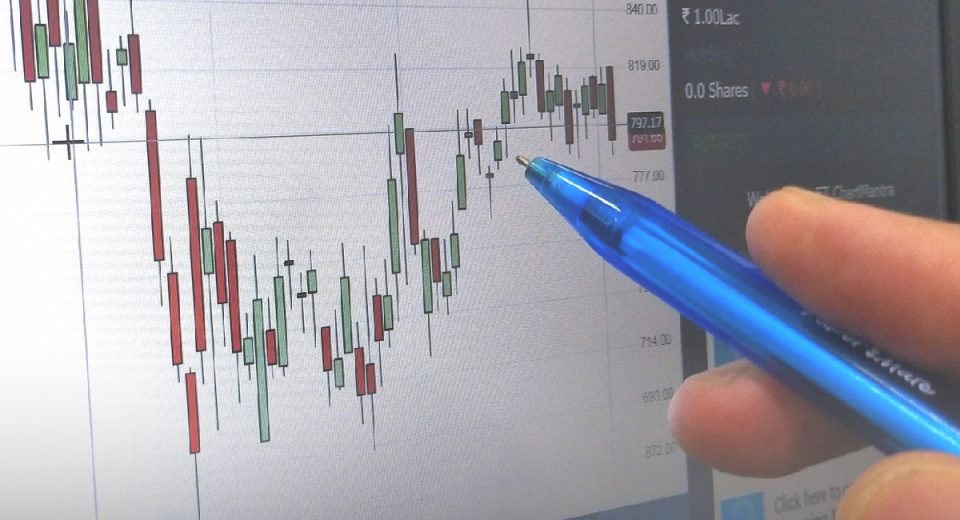What is the Cat’s Ears Pattern?

The one thing that occupies the maximum mind-space of a trader is trying to make more and more accurate predictions of future price movements. Although price movements may seem completely random at first, patterns can be identified within these. Also, while the pattern or trend is important, what is equally important (if not more so) is to identify any break or deviation in this pattern and to understand whether the pattern or trend will continue.
Most often breaks in an ongoing trend are caused by profit taking. These breaks are temporary in nature, which means the trend will resume in the same direction after a short resting period. These are known as continuation patterns. They are amongst the most commonly used patterns in forex, since they signify the continuation of an already established trend after a brief pause.
Among the most common continuation patterns, Flags, Pennants, Rectangles, Wedges and Cat’s Ears are some of the most widely used in forex trade, indicating a continuation of the ongoing trend. Here we talk about a very reliable but rare pattern, the Cat’s Ears Pattern. In simple terms, this pattern is a double top (that looks like a cat’s ears) which forms during a downward price trend.
Identification of the Pattern
While looking for a typical cat’s ears pattern, remember that it should have six phases, wherein the price declines in Phase 1, pauses for a while or moves horizontally in Phase 2, bumps up abruptly and then quickly falls back creating the cat’s left ear in Phase 3. In the next phase, it oscillates within a relatively narrow range, giving shape to the cat’s scalp, which is Phase 4, and then again bumps and recedes, leading to the creation of the right ear or Phase 5. Now, as soon as the price breaks the support line, defined by the cat’s scalp, it falls further down.
The pattern becomes valid when the price closes above the pattern’s low. In a typical scenario, the volume levels are high at the tops of the ears and breaking of the scalp line, while low volume may be witnessed in Phase 4. The average length of a cat’s ears pattern is between ten days and two months.
Variations of the Cat’s Ears Pattern
One thing foreign exchange traders looking for this pattern need to remember is that there can be several variants, wherein the left and the right ears may not be exactly similar in terms of height. Also, the scalp line may be slightly above or near the low level of Phase 2. In addition, in some variants, the second phase of the pattern may not be there at all, and if it is there, it may be long and volatile. The emergence of this pattern is essentially an indication that prices are trying to recover for the last time before they dip again. And the bearish implications of the Cat’s Ears Pattern do not change with variations in its shape.
Like we said earlier, this pattern is very rare but indicates the continuation of a downtrend allowing a trader to take timely decisions.
Disclaimer
If you liked this educational article please consult our Risk Disclosure Notice before starting to trade. Trading leveraged products involves a high level of risk. You may lose more than your invested capital.




